Home>Gardening & Outdoor>Plant Care & Gardening Tips>When Should You Plant Mums In The Ground
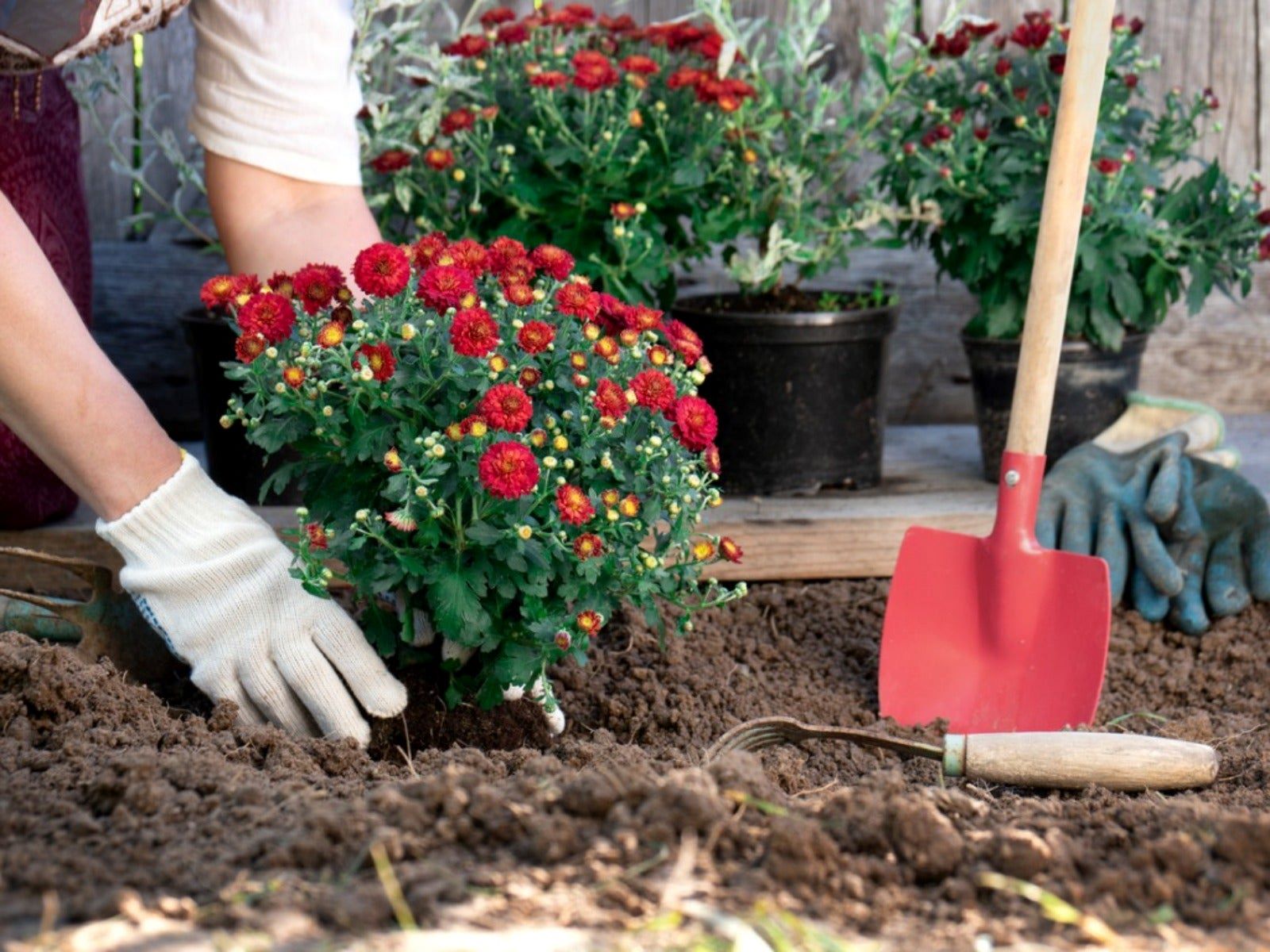

Plant Care & Gardening Tips
When Should You Plant Mums In The Ground
Modified: March 5, 2024
Discover the best time to plant mums in your garden and essential plant care and gardening tips for thriving, beautiful blooms. Learn more now!
(Many of the links in this article redirect to a specific reviewed product. Your purchase of these products through affiliate links helps to generate commission for Storables.com, at no extra cost. Learn more)
Introduction
When it comes to adding vibrant colors and a touch of autumn charm to your garden, few plants can rival the beauty of chrysanthemums, commonly known as mums. These hardy perennials are a popular choice for gardeners looking to infuse their outdoor spaces with a burst of seasonal splendor. Whether you're a seasoned gardener or a novice enthusiast, understanding the optimal timing for planting mums in the ground is crucial for ensuring their successful growth and blooming.
Mums are renowned for their resilience and ability to thrive in various climates, making them a versatile and beloved addition to gardens across the world. With a wide array of hues, including rich yellows, fiery oranges, and deep purples, mums offer a stunning visual display that can elevate the aesthetic appeal of any outdoor setting. Whether you're aiming to create a vibrant focal point in your garden or add a pop of color to your front yard, mums are a fantastic choice for achieving a captivating autumn landscape.
As you embark on the journey of planting mums in your garden, it's essential to equip yourself with the knowledge and insights necessary to ensure their successful establishment and growth. By understanding the best time to plant mums, the proper planting techniques, and the essential care tips for nurturing these resilient plants, you can set the stage for a flourishing and visually captivating garden display. So, let's delve into the optimal timing for planting mums and the essential steps for ensuring their vitality and vibrancy in your outdoor space.
Key Takeaways:
- Plant mums in early spring or late summer for vibrant autumn blooms. Choose a sunny spot, prepare the soil, and provide post-planting care for a stunning garden display.
- After planting, water mums regularly, prune and deadhead spent blooms, fertilize appropriately, and prepare for winter. With care, mums will thrive and bring autumnal beauty to your garden.
Read more: When Should You Cover Mums
Best Time to Plant Mums
The optimal timing for planting mums in the ground plays a pivotal role in determining the success of their growth and blooming. Understanding the ideal window for planting mums is essential for harnessing their full potential and ensuring a spectacular display of autumn colors in your garden.
Typically, the best time to plant mums in the ground is during the early spring or late summer. In regions with milder climates, early spring planting allows the roots of the mums to establish themselves before the onset of the scorching summer heat. This early start provides the plants with ample time to acclimate to their new environment and develop a robust root system, setting the stage for healthy growth and prolific blooming in the fall.
On the other hand, late summer planting, preferably in the early to mid-autumn, offers another opportune window for introducing mums to the ground. This timing allows the plants to benefit from the relatively warm soil while still having sufficient time to establish themselves before the arrival of frost. By planting mums during this period, you can capitalize on the favorable growing conditions and set the stage for a stunning autumn floral showcase.
It's important to note that the timing for planting mums may vary based on the specific climate and growing zone. In cooler regions, it's advisable to aim for early spring planting to facilitate optimal root development before the summer heat sets in. Conversely, in warmer climates, late summer planting can be a strategic choice to leverage the milder autumn temperatures for encouraging robust growth and abundant flowering.
By aligning the planting of mums with the most favorable seasonal conditions, you can maximize their potential for thriving in your garden. Whether you opt for early spring or late summer planting, ensuring that the mums have ample time to establish themselves before the onset of extreme weather is crucial for their long-term health and vitality.
In essence, the best time to plant mums in the ground hinges on striking a balance between providing them with sufficient time to acclimate and grow before the arrival of harsh weather conditions. By carefully considering the unique characteristics of your local climate and adhering to the recommended planting timelines, you can set the stage for a breathtaking display of autumnal beauty in your garden.
How to Plant Mums in the Ground
Planting mums in the ground is a straightforward yet crucial process that sets the foundation for their growth and blooming. Here's a step-by-step guide to ensure the successful establishment of mums in your garden:
-
Selecting the Ideal Location: Choose a planting site that receives ample sunlight, ideally at least six hours of direct sunlight per day. Well-draining soil is essential to prevent waterlogging, which can adversely affect the health of the mums. Additionally, ensure that the chosen location offers sufficient space for the mums to spread and grow without overcrowding other plants.
-
Preparing the Soil: Before planting, prepare the soil by incorporating organic matter such as compost or well-rotted manure. This enriches the soil, providing essential nutrients and promoting a favorable growing environment for the mums. Ensure that the soil pH is slightly acidic, ideally ranging between 6.5 and 6.7, to support optimal growth.
-
Digging the Planting Holes: When planting multiple mums, space them approximately 18 to 24 inches apart to allow for adequate air circulation and prevent overcrowding as they mature. Dig individual planting holes that are slightly wider and deeper than the mums' root balls to accommodate their root systems comfortably.
-
Planting the Mums: Gently remove the mums from their nursery containers, being careful not to disturb the roots excessively. Place each mum in its respective planting hole, ensuring that the top of the root ball is level with the surrounding soil surface. Backfill the holes with soil and gently pat it down to secure the mums in place.
-
Watering and Mulching: After planting, thoroughly water the mums to settle the soil and provide essential moisture for their initial growth phase. Apply a layer of organic mulch, such as shredded bark or straw, around the base of the mums to conserve moisture, suppress weed growth, and insulate the soil.
-
Establishing Support: If the mums are of a taller variety or prone to leaning, consider installing discreet stakes or plant supports at the time of planting. This proactive measure helps prevent the mums from bending or breaking as they mature and produce an abundance of blooms.
-
Post-Planting Care: Monitor the newly planted mums closely and ensure they receive adequate moisture in the weeks following planting. While the mums establish themselves, it's crucial to maintain consistent moisture levels without overwatering, as excessive moisture can lead to root rot.
By following these fundamental steps and providing attentive care, you can lay the groundwork for the successful integration of mums into your garden. With the right planting techniques and ongoing maintenance, you can look forward to a splendid showcase of vibrant mums gracing your outdoor space with their autumnal allure.
Tips for Caring for Mums after Planting
After the initial planting phase, providing attentive care and maintenance is essential for nurturing the mums and fostering their robust growth and abundant blooming. Here are valuable tips for caring for mums after planting, ensuring their vitality and longevity in your garden:
1. Watering Routine:
- Consistent Moisture: Maintain a regular watering schedule, ensuring that the mums receive consistent moisture without becoming waterlogged. Aim to keep the soil evenly moist, especially during dry spells or periods of intense heat.
- Avoid Overhead Watering: Minimize overhead watering, as wet foliage can make the mums susceptible to fungal diseases. Direct the water at the base of the plants to deliver moisture directly to the roots.
Read more: When To Plant Mums In Ohio
2. Pruning and Deadheading:
- Regular Pruning: Encourage bushy and compact growth by periodically pinching back the growing tips of the mums. This practice helps promote lateral branching and results in fuller, more abundant blooms.
- Deadheading Spent Blooms: Remove faded or spent blooms promptly to redirect the plant's energy towards producing new flowers. Deadheading also enhances the overall appearance of the mums and prolongs their blooming period.
3. Fertilization:
- Balanced Fertilizer Application: Apply a balanced, water-soluble fertilizer formulated for flowering plants to provide essential nutrients for the mums. Follow the manufacturer's instructions for dilution and frequency of application, typically feeding the mums every 2-3 weeks during the growing season.
- Avoid Excessive Nitrogen: Refrain from using high-nitrogen fertilizers, as they can promote excessive foliage growth at the expense of flower production.
4. Winter Preparation:
- Mulching for Insulation: As the colder months approach, apply a layer of mulch around the base of the mums to insulate the soil and protect the roots from freezing temperatures. This helps maintain a stable soil temperature and safeguards the mums during winter dormancy.
- Cutting Back in Spring: In early spring, trim back any remaining dead foliage from the previous season to facilitate new growth. This rejuvenation pruning encourages vigorous regrowth and sets the stage for a fresh display of blooms.
5. Pest and Disease Management:
- Vigilant Monitoring: Regularly inspect the mums for signs of pests such as aphids, spider mites, or leafhoppers. Early detection allows for prompt intervention, minimizing potential damage to the plants.
- Disease Prevention: To prevent fungal diseases, ensure proper air circulation around the mums by avoiding overcrowding and maintaining a clean garden environment. If necessary, apply fungicidal treatments as a preventive measure.
By implementing these post-planting care tips, you can provide the mums with the optimal conditions for thriving and expressing their full ornamental potential. With diligent attention and proactive maintenance, your mums will reward you with a breathtaking display of vibrant blooms, enriching your garden with their autumnal splendor.
Conclusion
In conclusion, the process of planting mums in the ground encompasses a strategic blend of timing, technique, and ongoing care to ensure the flourishing of these captivating autumn bloomers. By understanding the best time to plant mums, gardeners can capitalize on the seasonal nuances to establish a vibrant and enduring floral display. Whether opting for early spring or late summer planting, aligning the mums' introduction to the ground with the most favorable growing conditions sets the stage for their long-term vitality and visual allure.
The step-by-step process of planting mums in the ground involves meticulous attention to detail, from selecting the ideal location and preparing the soil to nurturing the newly planted mums. By adhering to these fundamental guidelines, gardeners can lay a robust foundation for the mums' growth, ensuring that they thrive and bloom abundantly in the autumn months.
Furthermore, the post-planting care tips serve as a roadmap for sustaining the mums' health and ornamental appeal. From maintaining optimal moisture levels and implementing prudent pruning practices to safeguarding the mums from pests and diseases, these care strategies are instrumental in nurturing the mums and fostering their resilience throughout the growing season.
As gardeners embark on the journey of integrating mums into their outdoor spaces, they are not only cultivating a visually stunning floral showcase but also embracing the spirit of autumn through nature's vibrant hues. The presence of mums in the garden evokes a sense of seasonal charm and heralds the arrival of fall, enriching the outdoor environment with their radiant colors and captivating blooms.
Ultimately, the process of planting and caring for mums in the ground transcends mere horticultural practices; it embodies a harmonious collaboration between nature and nurturing hands. By embracing the art of cultivating mums, gardeners partake in a timeless tradition of celebrating the beauty of autumn and infusing their outdoor sanctuaries with the splendor of nature's seasonal transitions.
In essence, the journey of planting mums in the ground is a testament to the enduring allure of gardening, where each carefully tended bloom becomes a brushstroke in the masterpiece of a vibrant and ever-evolving outdoor canvas. As the mums flourish and bloom, they stand as a testament to the gardener's dedication and nature's boundless artistry, weaving a tapestry of autumnal beauty that enriches the heart and soul.
In the end, the planting of mums in the ground transcends the act of gardening; it becomes a celebration of nature's resilience, the passage of seasons, and the timeless joy of witnessing the earth's bountiful transformations.
Frequently Asked Questions about When Should You Plant Mums In The Ground
Was this page helpful?
At Storables.com, we guarantee accurate and reliable information. Our content, validated by Expert Board Contributors, is crafted following stringent Editorial Policies. We're committed to providing you with well-researched, expert-backed insights for all your informational needs.


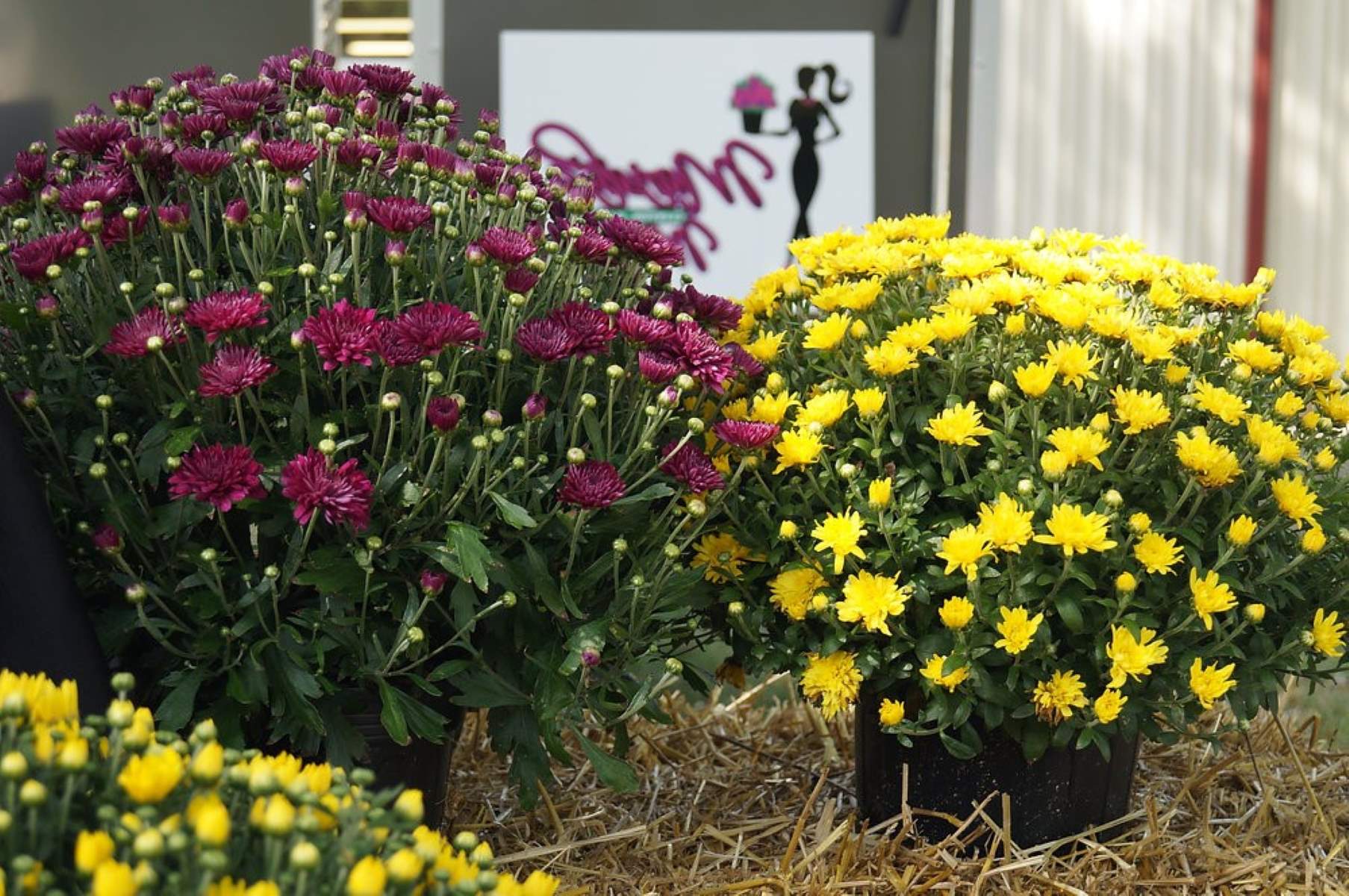
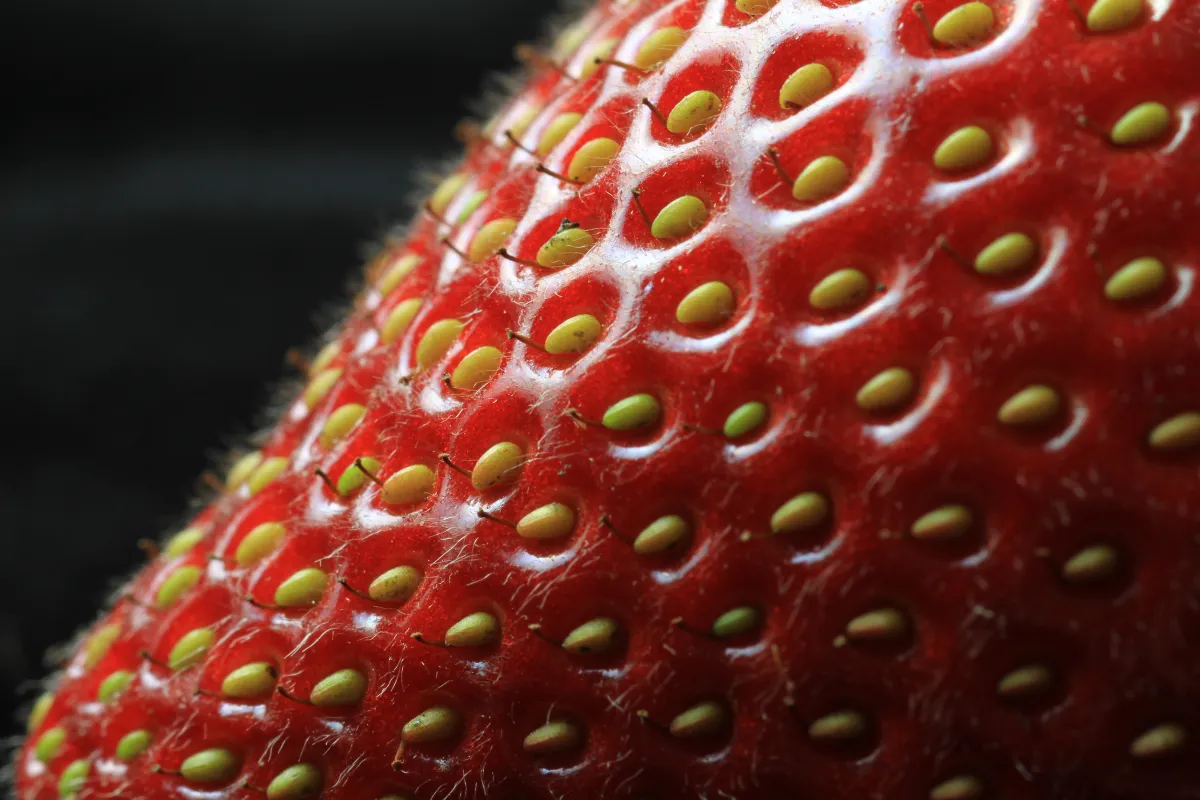
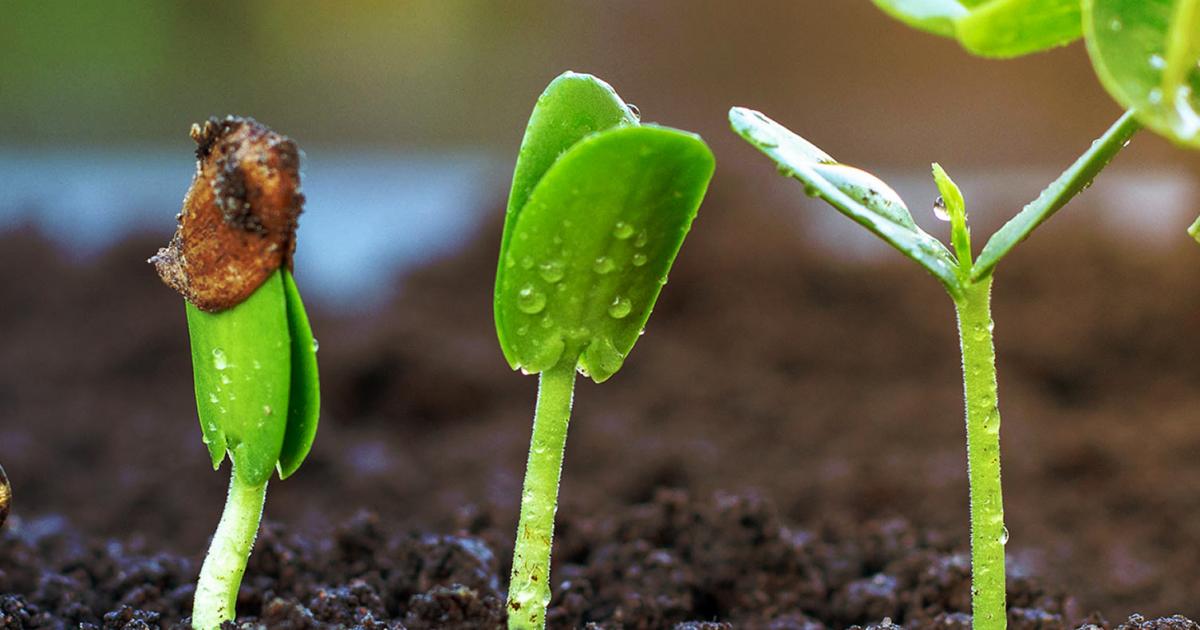
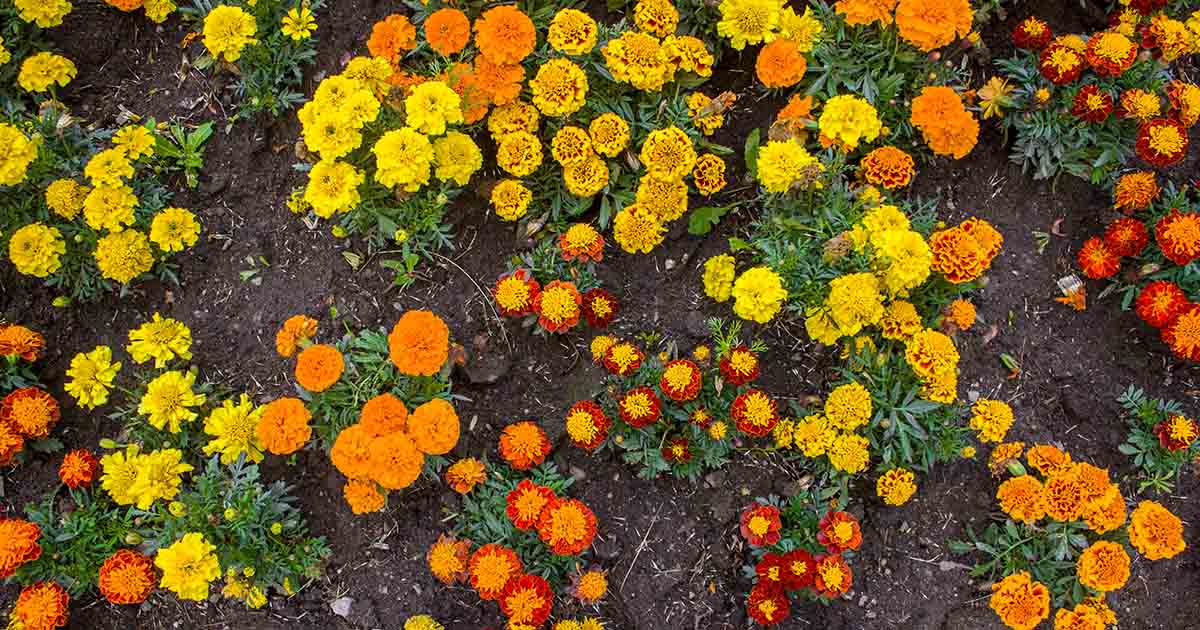
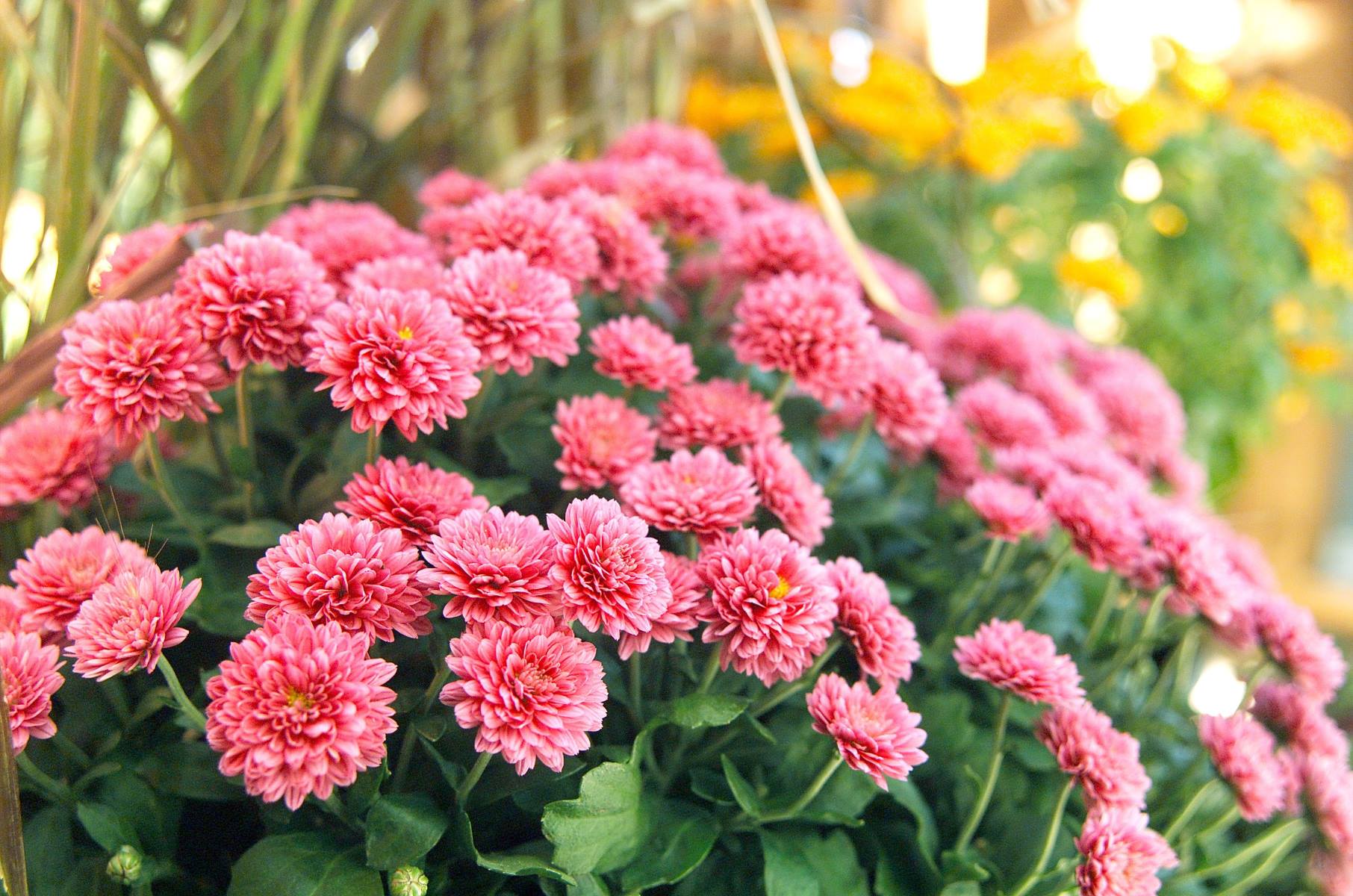
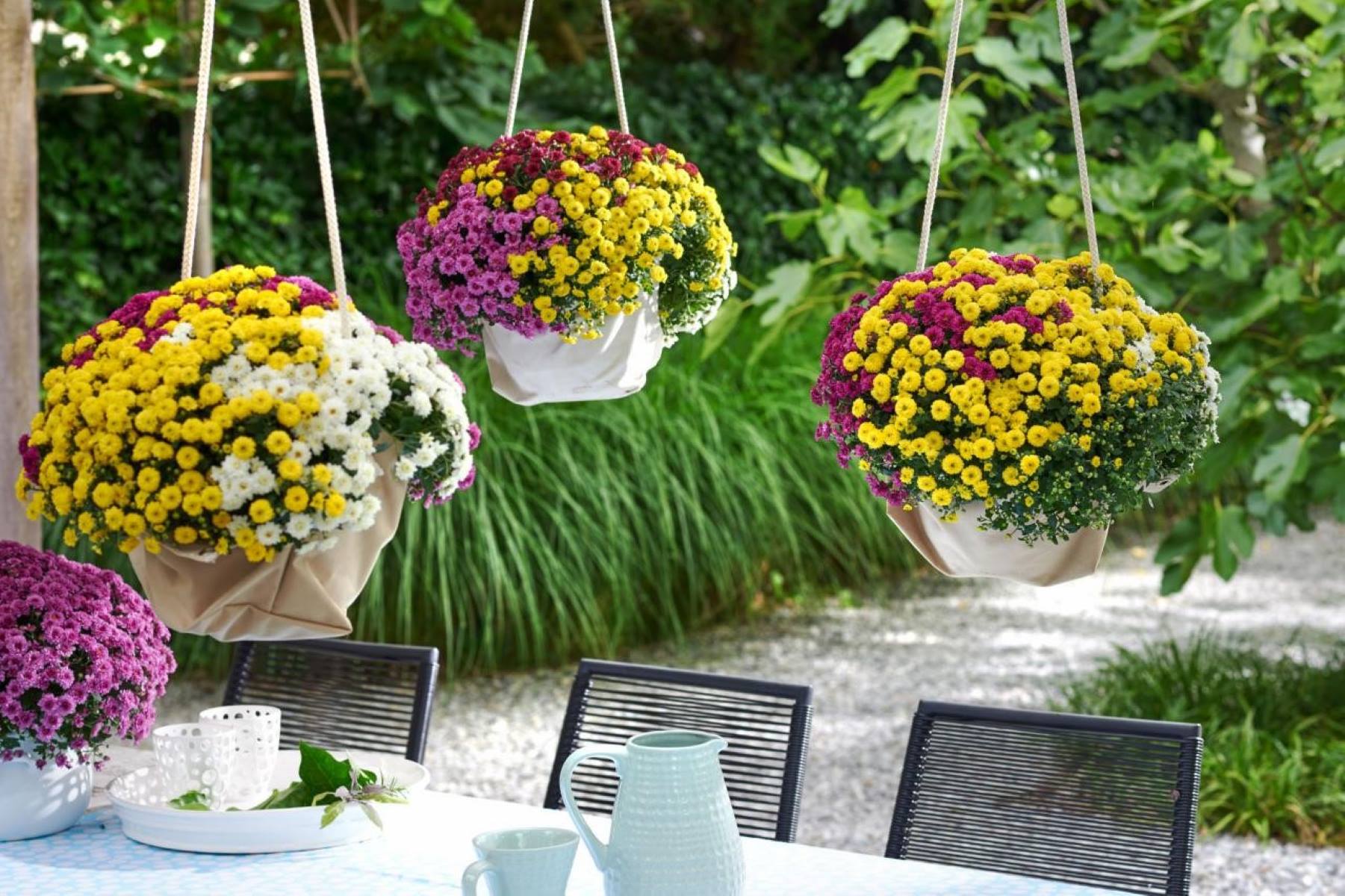
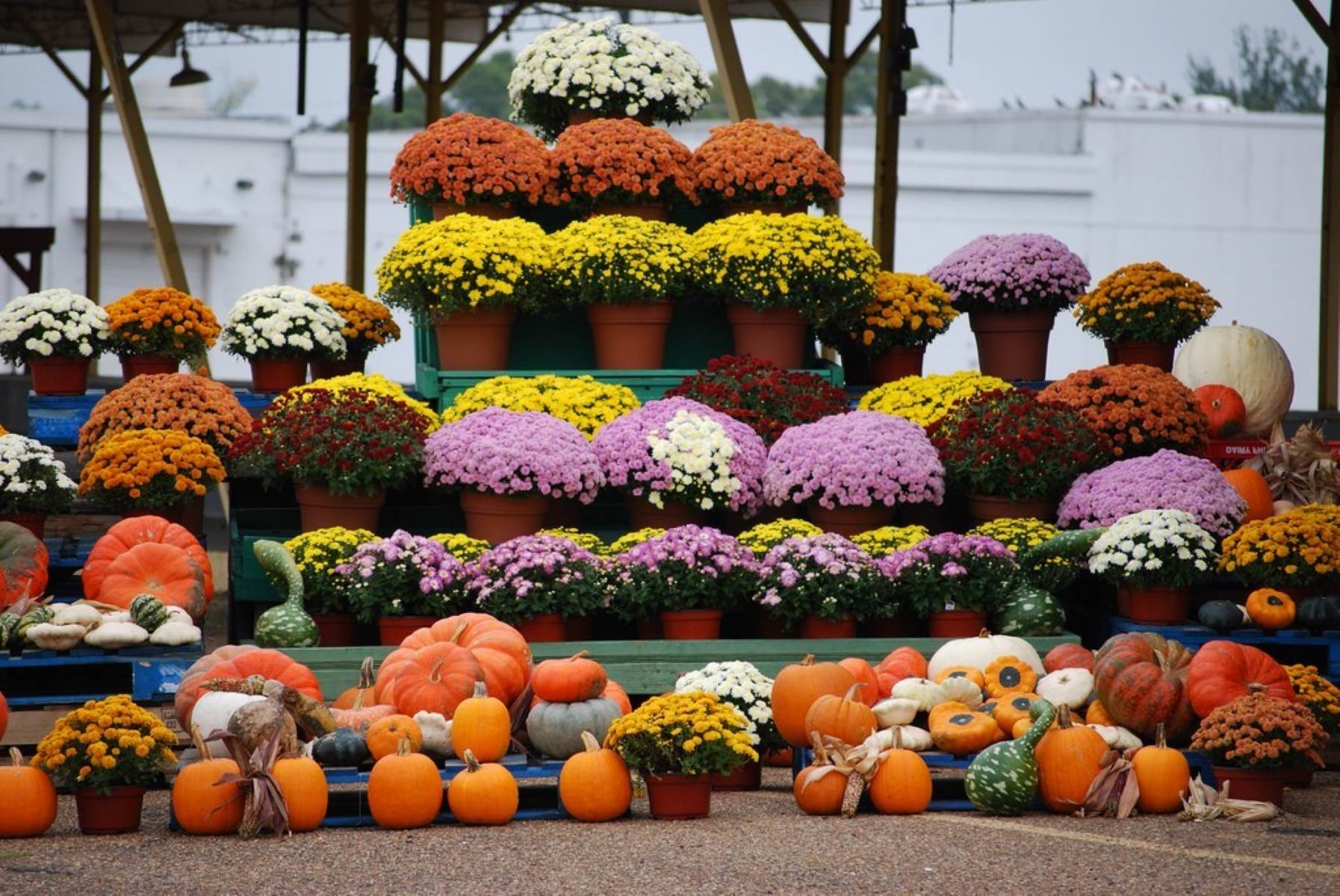

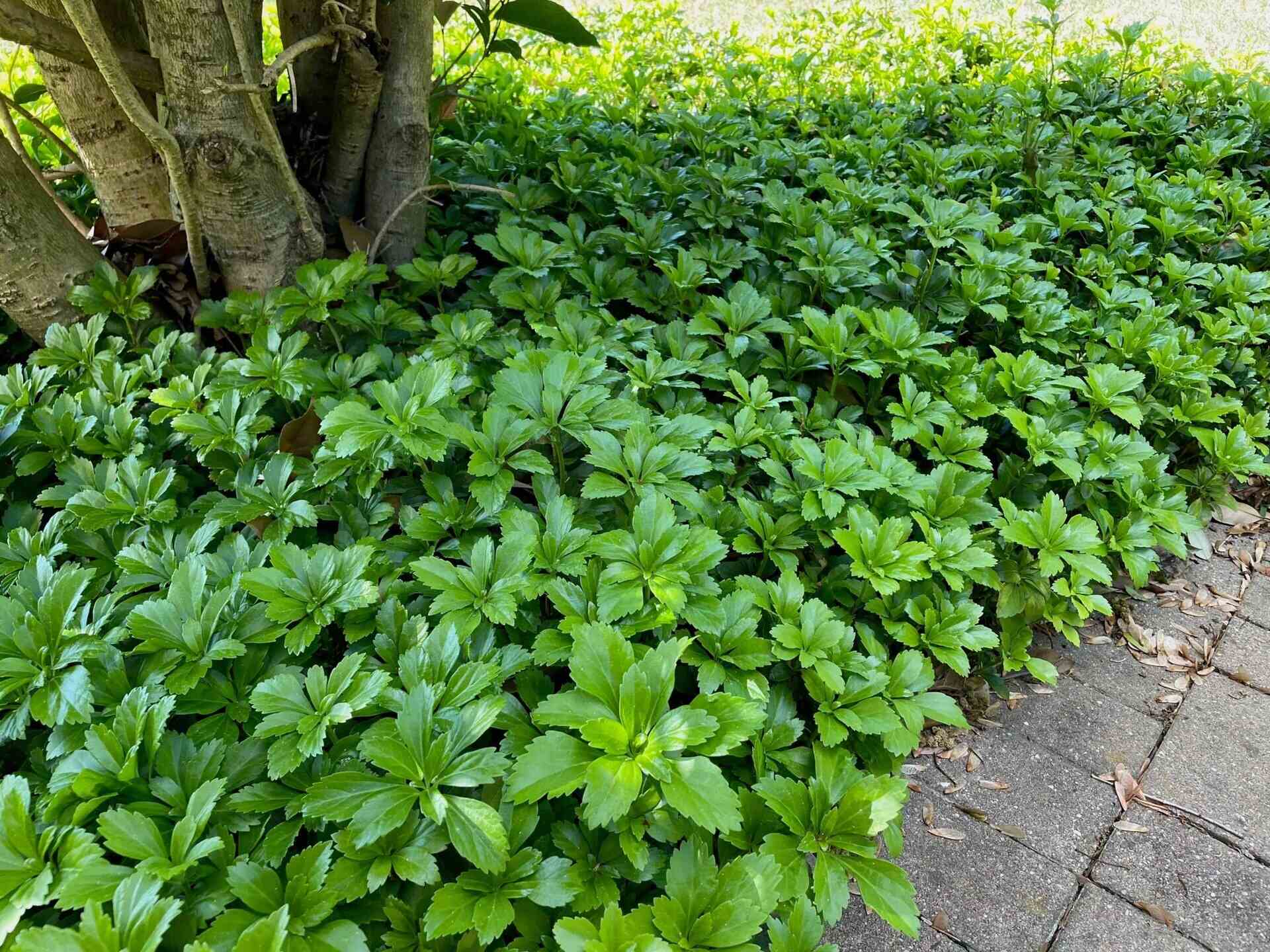
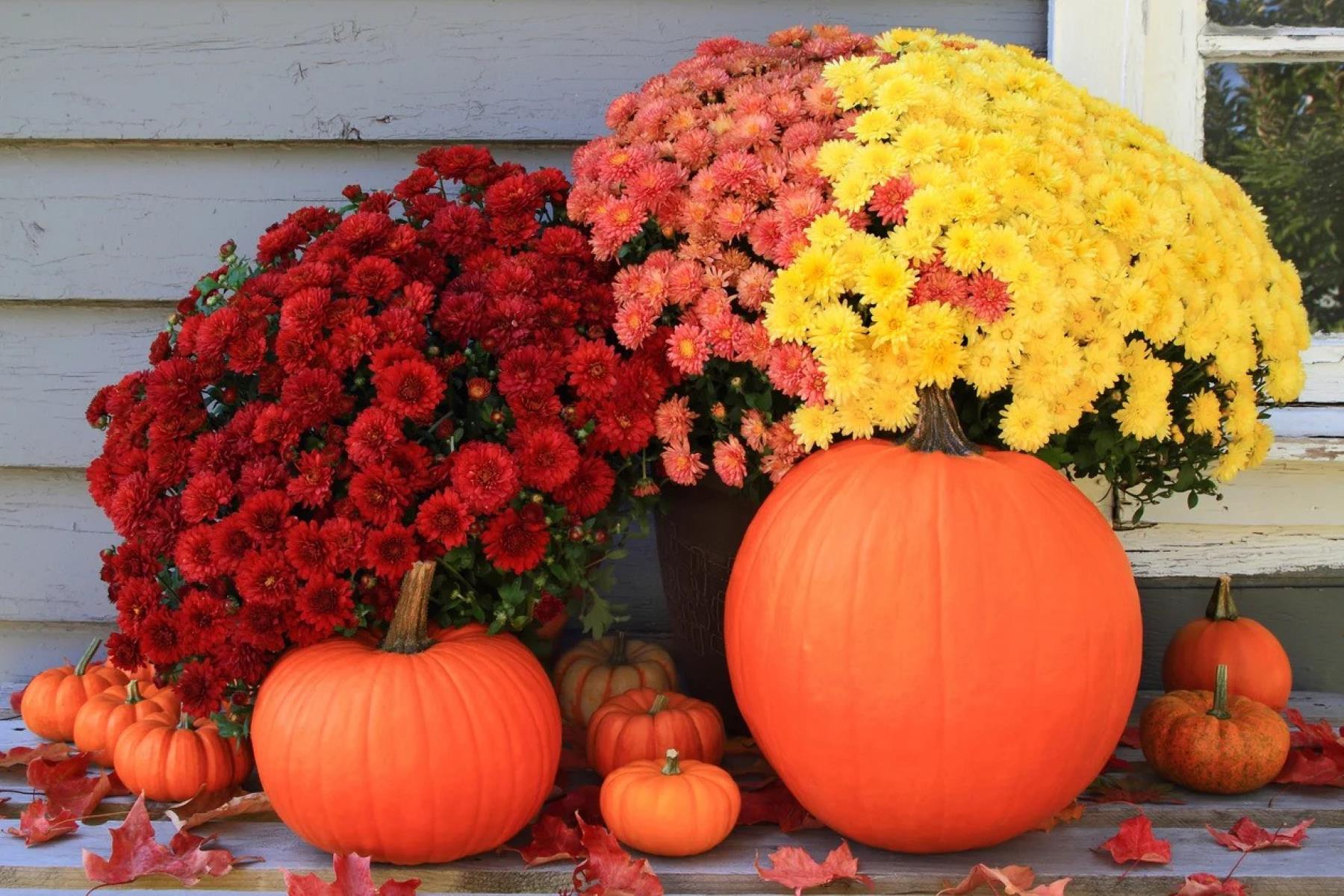
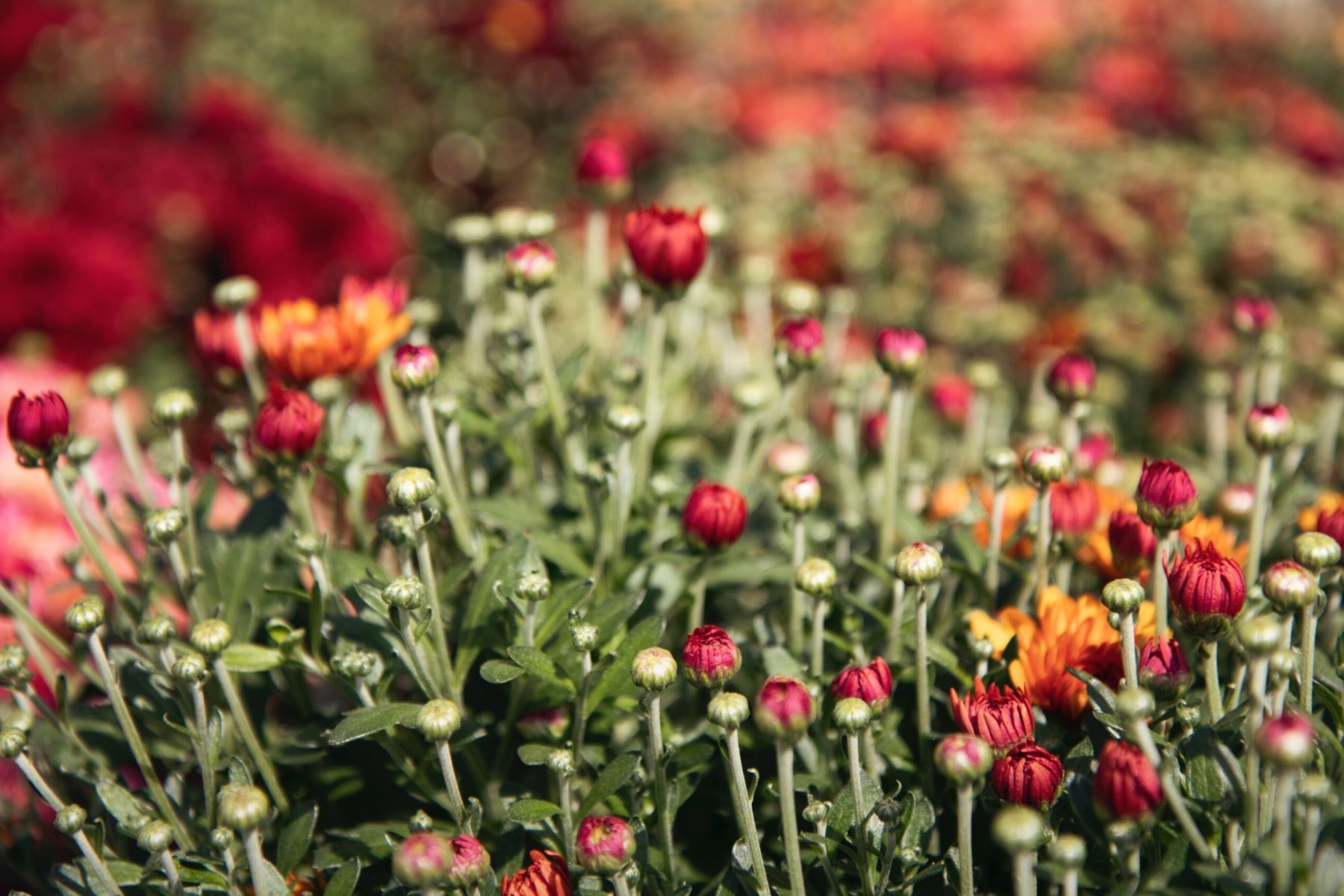

0 thoughts on “When Should You Plant Mums In The Ground”